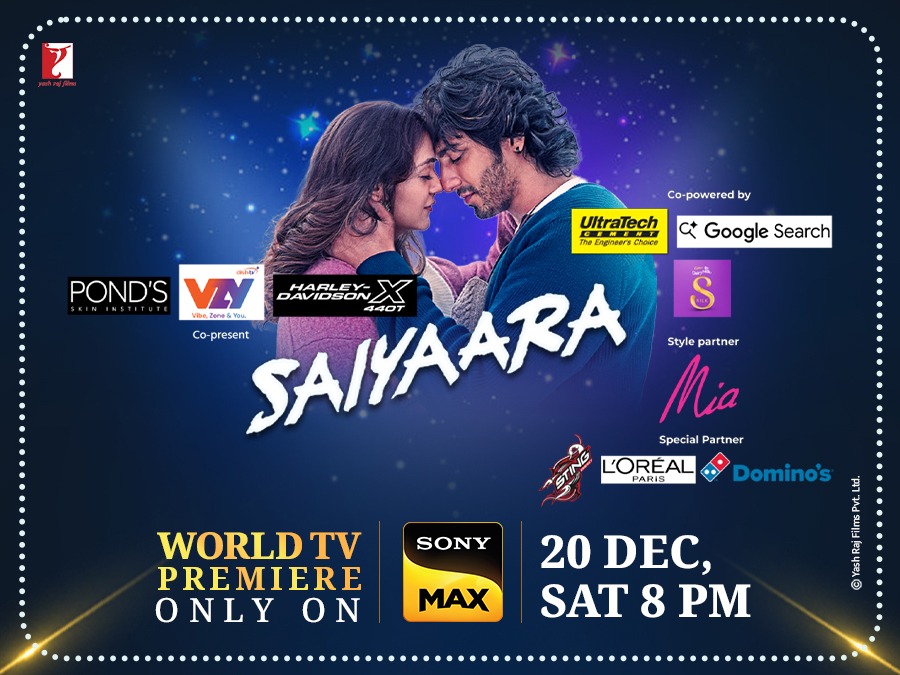/bmi/media/post_banners/6a021cac2084095e700df0c12b0cd56dcea748c9820f1aa257f3c8ef5cc1c670.jpg)
Fabindia recently took down its campaign promoting its new collection named ‘Jashn-e-Riwaaz’ for Diwali after backlash and outrage on social media. People accused the brand of appropriating the Diwali festival and unnecessarily incorporating Urdu in a Hindu festival.
Entries open for BuzzInContent Awards 2021 - - Entry Deadline Monday, November 8, 2021
Last year jewellery brand Tanishq, in one of their campaigns, showed a godbharai ceremony of a Hindu woman being arranged by her Muslim in-laws. The campaign caused a massive uproar on social media. Tanishq eventually apologised and took down their campaign.
More recently, brands such as Manyavar have been targeted for taking a cultural or religious stand in their campaigns.
No brand or its creative agency can gauge how a well-meaning campaign would be accepted by the audiences in these polarised times, especially on platforms such as Twitter.
A leading FMCG company that has faced a lot of trolling in the past for the campaigns of its various brands now engages a specialised risk assessment agency for some of its campaigns.
Experts believe it has become imminent for corporates to have a third-party review of its brand communication before it is released so that the risk areas and sensitivities are flagged and the changes can be made accordingly.
With social media platforms such as Twitter becoming a part of media plan, brands often received extreme and polarised reactions for almost every campaign.
/bmi/media/post_attachments/e04fbd491db34643f4c9969a4f186d2a5cc572255d9163e86b683ff7c802d303.jpg)
According to Azazul Haque, Chief Creative Officer at Mullen Lintas, in a sensitive environment, brands must do a bit of research and think before doing something that can go wrong. “I don’t think they (Fabindia) would have expected it in their dreams that something harmless as ‘Jashn-e-Riwaaz’ would be questioned because it was just nomenclature.”
“The environment on social media is very volatile and anyone can react to anything, so it is tough for a brand to gauge and decide what is not to be done. We are a multicultural and multi-religious country and it's always been an extremely inclusive environment and remains to be. These few viewpoints have always existed but it's just that now they have a social platform. If brands stop telling these stories, they would just be products. So anything that questions your point of view will have possibilities of getting such reactions,” he added.
/bmi/media/post_attachments/39b670a3d5381e09504a20537189693f870ceb43f1fde3d34c88f360b1c84331.jpg)
Hamsini Shivakumar, Founder, Leapfrog Strategy Consulting, said you can never predict the things that can be trolled. “I don't think any research method can predict what a bunch of paid trolls and political party members are going to pick up for their daily kill. The best is to drop the piece and move on. You can always bring it back at another time when the stirred up controversy has died down.”
/bmi/media/post_attachments/64f72569521595a7419cb9796a2206ea7ee8ae82d783bba36b75144db2d05c8c.jpg)
Advertising veteran Santosh Padhi said stakeholders from the brand as well as the agencies are involved in picking up the right communication for the brand and they go through a long filtration process keeping the sensitive issues in mind.
“It's not like they (stakeholders) are not keeping the eyes and ears open. I think why this is happening is because tolerance levels are differing. I always believe advertising is a reflection of society, communication is a reflection of society. If this industry does not try and solve the societal issues, nobody would be interested. You buy into an ideology and narrative and that is why you buy the product,” he said.
“We are taking the liberty of impacting the people but they are getting impacted in a negative way. It's not the problem of the industry or the brand; a handful of idiots are responsible for mudding this,” he said.
Is taking down the communication the right approach?
According to Haque, such stories show that brands are standing up for something and even though ideally brands must stick to their communication, some could be compelled to take them down. Haque said sometimes brands that have retail stores can be targeted and their people could be affected on-ground.
Padhi cited Nike’s campaign with Colin Kaepernick, an American football player, who refused to stand up during the national anthem. The brand continued with the campaign despite the backlash. He said 99% people would think such outrages are ridiculous.
“Unfortunately, it is a sad thing that they are taking down campaigns. I always strongly feel if they believe in something, they should stand up for it. You have done all the checks, and you have gone ahead and launched this campaign, you must stand for it. If Tatas of the world cannot stand up for it, what can we say about smaller brands? If I was the brand owner, I would have stood for it,” he added.
So what’s the solution?
According to Haque, brands can showcase universal stories and anything to do with culture or religion is avoidable. “It is not important that if it’s Diwali, it has to be about multiple religions. There can be many more human stories beyond religion. We really don't need religion to be brought in. I personally believe that in my entire career, I have never shown a single person of a certain religion. They have always been very universal.”
/bmi/media/agency_attachments/KAKPsR4kHI0ik7widvjr.png)
 Follow Us
Follow Us